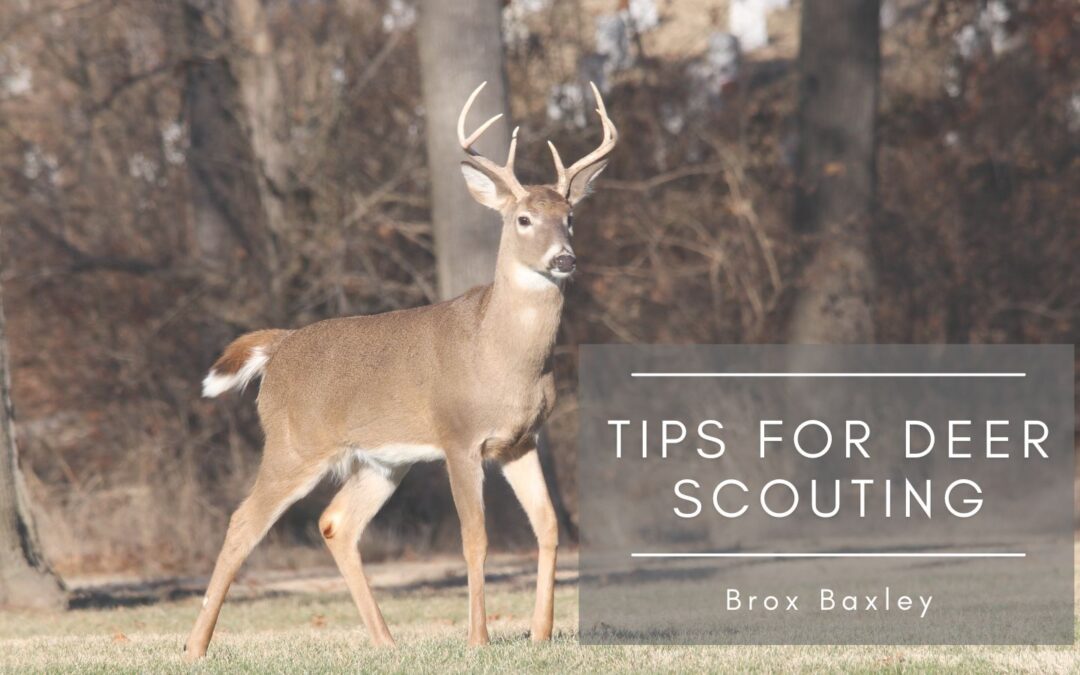Scouting for deer is a critical aspect of successful deer hunting. It lets you gather valuable information about deer movement patterns, feeding areas, bedding locations, and overall behavior. By understanding the habits and preferences of deer in your hunting area, you can strategically plan your hunts and increase your chances of a successful harvest.
Map Study
Before stepping foot in the field, start by studying maps of your hunting area. Topographic maps and aerial imagery can provide valuable insights into the terrain, including ridges, valleys, and potential deer travel corridors. Identify potential food sources such as agricultural fields, mast-producing trees, and areas with dense vegetation that provide cover. Familiarize yourself with water sources and potential bedding areas. By studying maps, you can narrow your scouting efforts to areas most likely to hold deer.
Scouting Gear
Invest in the right gear for effective deer scouting. A quality pair of binoculars will allow you to observe deer from a distance without disturbing them. A rangefinder will help you accurately determine distances to potential hunting spots and deer signs. Carry a notepad or use a scouting app on your smartphone to record your observations, including deer sightings, tracks, rubs, scrapes, and any other relevant information.
Time of Day
Deers are most active during certain times of day, such as dawn and dusk. For this reason, they are called the “golden hours.” Plan your scouting trips to increase your chances of encountering deer during these times. Early morning scouting allows you to observe deer moving from their bedding areas to feeding locations. In contrast, evening scouting provides insight into their travel routes and patterns as they return to their bedding areas.
Signs of Deer Presence
Look for signs of deer presence as you scout your hunting area. Tracks are one of the most reliable indicators of deer activity. Deer tracks can reveal the size and age of the deer, as well as the direction of travel. Pay attention to areas with fresh tracks, as they indicate recent deer activity. Look for rubs on trees made by bucks to mark territory and communicate with their fellow deer.
Trail Cameras
Using trail cameras is an excellent way to gather information about deer activity in your hunting area. Place trail cameras strategically along deer trails, near feeding areas, or around scrapes to capture images or videos of deer. This technology allows you to monitor deer movement patterns, identify individual deer, and determine the best times to hunt specific locations. Check your trail cameras regularly to collect data and adjust your hunting strategy accordingly.
Observation and Glassing
Take advantage of elevated positions or vantage points to observe deer from a distance. Whether using a treestand, ground blind, or natural cover, spend time glassing areas where deer are likely to present. Use your binoculars to scan the landscape for movement, feeding patterns, and bedding locations. Take note of the time of day, wind direction, and other factors affecting deer movement. Observing deer from a distance allows you to gather valuable information without disturbing them.

